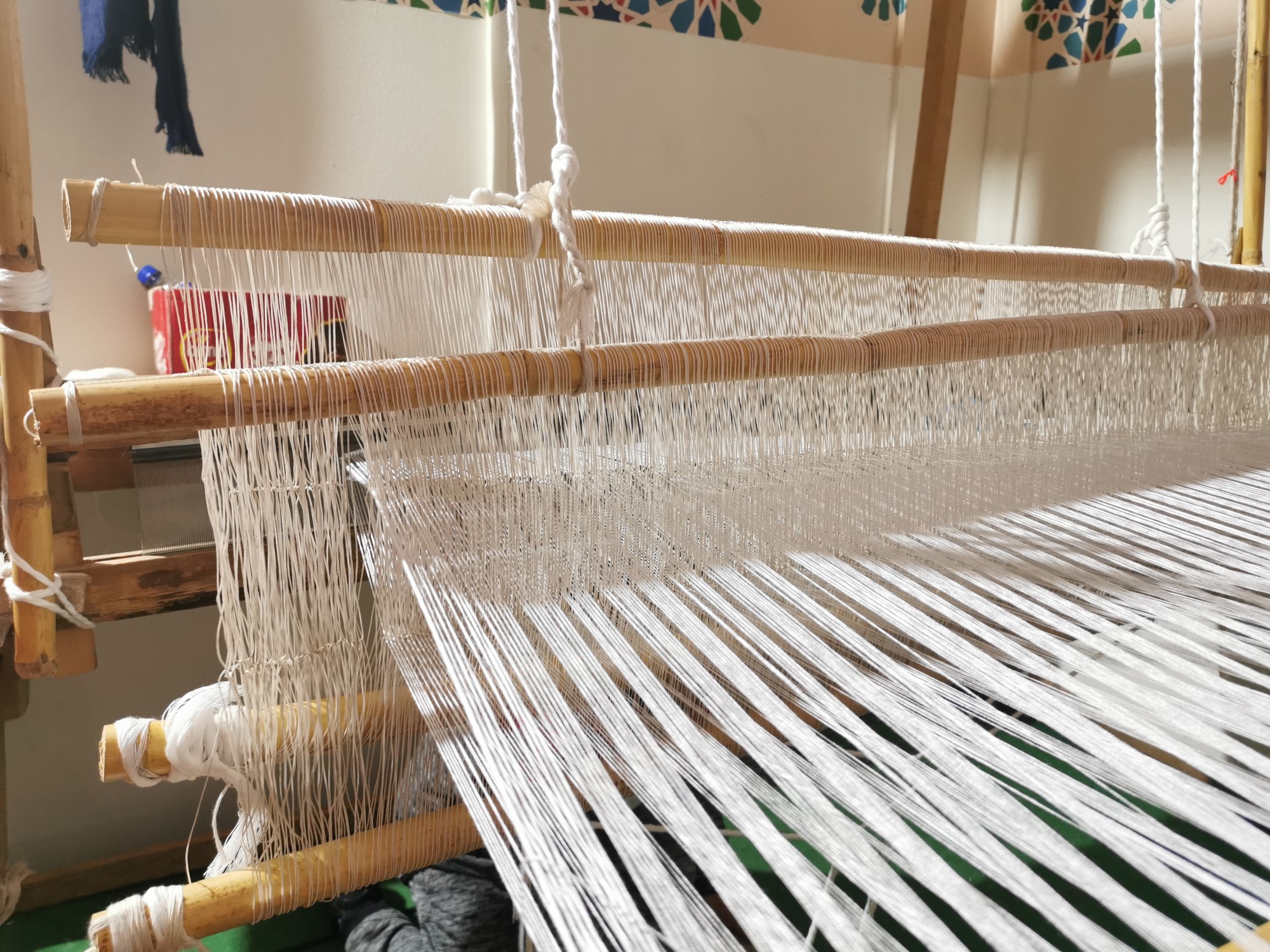Rug Dyeing
One of the oldest rugs is prepared with the help of coloring the wool naturally. These rugs come in a wide range of colors. However, you can also find handmade rugs with natural coloring these days. These rugs have a high artistic value which comes from the subdued color values.
Yarn Dyeing
One of the most crucial stages of rug manufacturing is yarn dyeing. These dyes should have a premium quality that does not fade away by water. The selection of dye quality matters the most because it will reflect the creativity and appearance of the rug.
The easiest way of yarn dyeing is to boil the wool according to requirements with the help of a dye in the dyer’s tank. Now, the wool gains color and can be classified as a raw material or a wool yarn.
Plant Dyes
Different natural dyes are extracted from plants, animals, and minerals.
The plant dyes are generated from the concentrates of flowers, herbs, fruits, and vegetables. Sometimes these plant dyes are also extracted from the roots, seeds, and fruits of the plant. These concentrates have a soft and bright appearance, and by using these plant dyes, and they get deeper. The best part about these dyes is that they are durable and merge-resistant. But, natural dyeing is a lengthy process that requires artistic skills. The completion of dyeing depends on three different phases. These three dyeing stages are as follows:
- Dye extracting
- Wool dyeing
- Color Fixing
Moreover, retting and boiling processes are used for processing the material. But, different factors determine the color saturation of dyes. These factors are as diverse as climatic factors, dye collection from the plant, the solid pigment phase, and the temperature used to extract these concentrates. Not only this, preparation for the wool’s dyeing is also necessary.
There are many rituals and believes that are related to natural dyes to date. Yes, using natural dyes requires a lot of labor. The overall process is critical and requires perfection, and the process asks for patience and knowledge.
Not everybody can start dyeing rugs. These rugs require a perfectionist because each dye produced from a vegetable has a different and unique color. However, to create these colors, a recipe book works well. It passes to each generation which makes them a perfectionist.
Unfortunately, the art of creating natural dye is fading away because of less education and practice. People take the word “vintage” as old. However, it represents the antique pieces created with the help of organic material rather than synthetic material. After 1930, different uses of dyes came into place. In addition, if you are looking to buy a rug, then go for vintage rugs that are dyed with plant dyes that are vibrant and attractive than ordinary rugs. The best way is to look for a trusted dealer who works for vintage rugs.
Furthermore, on the far south side, you can experience shades of lighter tangerines, and the colors/dyes came from flowers, berries, and henna. Interestingly, the Berber tribe uses stone pastes to achieve a blue shade or a blue tone.
In the past, different things were used as a dye including, ocher and madder, to give a red color. The sea snails were used to create a purple shade, while turmeric and sumac were used to create a yellow color. Also, pomegranate peels give a yellow tone after boiling.
However, women choose colors wisely and according to their preferences to create a traditional and tribal effect. They also use these colors to make hand-woven pieces of art.
How is orange dye produced?
Mostly orange dye is created with henna leaves. Also, it is produced with the help of drying madder red with yellow weld. In addition, saffron was widely used to give an orange and yellow impact.
How is brown dye produced?
Brown dyes were extracted from walnuts, oaks, and various nutshells with a deep and dark color. Sometimes, the brown sheep’s wool was also used to give a dark appearance.

